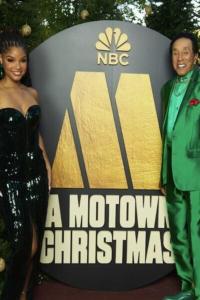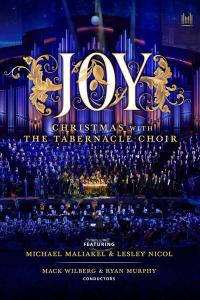Torrent details for "Cabezon - Pour un plaisir - Veronique Musson-Gonneaud (2010) [FLAC]" Log in to bookmark
Controls:
Language:
 English
EnglishTotal Size:
206.52 MB
Info Hash:
365baa6bc126de7b902a8157521d698884b0d94f
Added By:
Added:
05-11-2024 02:46
Views:
144
Health:

Seeds:
7
Leechers:
4
Completed:
78

Artist: Véronique Musson-Gonneaud
Title: Cabezon: Pour un Plaisir, Intabulations for Renaissance double harp
Year Of Release: 2012
Label: Brilliant Classics
Genre: Classical Harp
Quality: flac lossless (tracks)
Total Time: 00:45:03
Tracklist
01. Canción Francesca (Clemens Non Papa)
02. Tiento Primo Tono
03. Differencias Sobre El Canto Ilano Del Caballero
04. Tiento Del Quarto Tono Sobre Maheur Me Bat
05. Differencias Sobre La Gallarda Milanesa
06. Tiento Para Harpa Ó Organo
07. Anchor Que Col Partire (Cipriano De Rore)
08. Pavana (Con Su Glosa)
09. Quien Ilamo Al Partir Partir
10. Mort M'a Privé Par Sa Cruelle Envie
11. Tres 'Sobre El Canto Ilano De La Alta'
12. Tiento Cuarto Tono
13. Pour Un Plaisir (Thomas Crecquillon)
14. Romance 'Para Quien Crie Yo Cabellos'
15. Tiento Secondo Tono
16. Je Suis Ayme De La Plus Belle (Crecquillon)
17. Cinque Differencias Sobre Las Vacas
18. Doulce Memoire (Pierre Sandrin)
Quote:
During the mid-16th century in Spain, it became increasingly common for collections of music to include tablature that would enable performers of other polyphonic instruments to perform the repertoire. With the recent addition of chromatic strings, the harp was one such mechanism to benefit from this, and its presentation in this beautifully performed compilation of works offers a fascinating glimpse into the rich world of Iberian Renaissance music making.
The compositions detailed in this recording are taken from three separate sources of the period: books by Mudarra, Venegas de Henestrosa and Antonio de Cabezón. While Mudarra’s work ‘for harp or organ’ is unique in that it’s the closest thing we have to genuine 16th-century harp music, the compilation focuses primarily on the keyboard works of Antonio de Cabezón and includes intabulations (arrangements of chansons and madrigals originally written by some of the most renowned mid-century composers), dances, variations and tientos – freely-composed polyphonic fantasias.
Not only does the recording introduce us to the different genres of the period, revealing an instrument that had grown ‘as perfect as the clavichord’, it honours the work of a man who was in fact one of the foremost keyboard performers and composers of his time. Surveying a lesser-known facet of one of the most famous periods in music history, this collection is a must-buy for the Renaissance connoisseur.










































